
Roughly half of Broadway's forty-one houses have been named for significant members of the theatrical profession, many of whom share legendary status, often known by their last names exclusively. Sadly, all are dead, save for the ninety-one-year-old Stephen Sondheim. Seeing a play there, or at the O'Neill, Gershwin or Hirschfeld, most are familiar with those illustrious names. However, if mention is made of the Golden or the Cort, few would have any idea that those are even people, let alone what marks their connection to the theatre. Understandable, since a host of these architectural gems were built as far back as a hundred years ago. Some names have even been replaced, such as 1926's the Mansfield (named for English actor Richard Mansfield), which was re-christened the Brooks Atkinson in 1960, the year he gave up his position as chief theatre critic of the New York Times. Upon his death in 1984, Atkinson's obit in that same paper claimed him as "the nation's most influential critic at a time when American drama first emerged as a serious art form."

In this day and age where everyone is a critic (thanks, internet), it's hard to imagine anyone going to bat to secure a theatre's name for a member of the profession. And yet, between 47th and 48th Street, there are two. Thirty years after Atkinson's honor, Walter Kerr, a critic who had shared the same beat as Atkinson for a decade at the New York Herald Tribune, lived long enough to see the Ritz, first built in 1921, renamed for him. What the two men had in common (besides both serving as chief critic at the New York Times, with Kerr's tenure beginning in 1966), was that they were well-respected writers with enormous flair and a grand passion for the theatre.
Atkinson, born in 1894, was a journalist first and foremost. "The newspaper business is my real enthusiasm,'' he said in an interview in 1979. ''The theater is secondary.'' Proving his mettle, though he was drama critic for thirty-one of his thirty-five years at the New York Times, he requested an assignment abroad so he could report on World War II firsthand. Over a four year-period, Atkinson was foreign correspondent first in China, then Moscow, winning a Pulitzer Prize for Journalism. His first theatrical review for the Times was in 1925, seven years after the end of World War I, and his writing reflected an ornate manner more in line with that early part of the century. In his 1934 review of the original Anything Goes, he would still write a sentence as florid as "the product is a rag, tag and bobtail of comic situations and of music sung in the spots when it is most exhilarating." In plainer English, twenty-two years later, he would be less ornate and write of Gwen Verdon in Damn Yankees: "Vivacious, as sleek as a car on the showroom floor, and as nice to look at, she gives brilliance and sparkle to the evening with her exuberant dancing, her wicked, glistening eyes and her sheer delight in tomfoolery."
Well, he would still hold onto a word like tomfoolery.
But those were musicals. Where Atkinson excelled was in his trumpeting the language and drama of the still youthful Eugene O'Neill, when his plays were ripe with experimentation. There is no question it was Atkinson's enthusiasm that helped put O'Neill on the map in the late 1920s.
Atkinson would also champion many other playwrights over the decades, as well as personally put his stamp of approval on the Off-Broadway movement, rendering it safe for his Times readership to head off the beaten path in search of new and exciting theatre. His exciting review of a 1952 revival of Tennessee Williams' Summer and Smoke, which had failed on Broadway in 1948, forced every other critic to take the trip downtown and seek out a tiny hole-in-the-wall theatre like the Circle in the Square in Greenwich Village. Audiences followed quickly.
Walter Kerr, born in 1913, began writing film criticism at age thirteen for a newspaper in his home town of Evanston, Ill. He would later graduate from that city's Northwestern University, then teach at Catholic University in Washington, D.C., where he also directed and wrote plays and musicals, some of them even moving on to Broadway. He produced more than fifty shows during his twelve-years there, with a few co-written by his wife, Jean, whom he met when she was still in college and he was an assistant professor at a different university. Later, during his tenure as a first-string drama critic at the Herald Tribune, Mrs. Kerr would write a number of plays, one them being Mary, Mary, among the longest running comedies in Broadway history. Their odd couple relationship of drama critic and playwright was the fodder for a minor Broadway comedy Critics Choice, by Ira Levin (Rosemary's Baby), later made into a film in 1958 with Bob Hope and Lucille Ball.

Shortly after his death, one of Kerr's successors as chief drama critic at the Times, Frank Rich, wrote an assessment of his predecessor. "If you were an avid theatergoer in the 1950's and early 60's—the last boom time for avid theatergoers on Broadway—you couldn't escape Atkinson and Kerr, the men on the aisle for the Times and the Trib. If, like me, you were stage-struck and didn't live in New York, you simply couldn't live without them. They were the most reliable morning-after witnesses to the thrilling opening nights so tantalizingly out of reach."
As for the differences between Atkinson and Kerr, Rich may have best summed it up for many when he wrote: "Though the two critics were friends who shared a deserved reputation for high journalistic integrity, their styles were as different as their papers. If Atkinson was the theater's conscience, with impeccable taste and an exceptional eye for theatrical innovation from O'Neill to Beckett, Kerr was a critic to race the pulse and make you kill to get a ticket. He was drunk on theater, and, God, could he write. If you wanted to know what it was like to be in a Broadway house on a particular night—the sights, the emotions, the fury, the laughs—then he was your man."
As a good friend of mine once said many years ago, "No one writes a valentine to an actor like Walter Kerr." And he was right. Here are two examples, highlighting two of my favorite actors:
In 1961, of Robert Morse in How to Succeed in Business Without Really Trying, Kerr wrote: "Mr. Morse had the opportunity to turn his foam-rubber form into a drooping flower as he bestowed a carnation upon the firm's biggest battle-ax; making the gift, he somehow became the carnation... an exhilarating zany, a sixteenth-century harlequin with a Dow-Jones soul."
And in 1966, of Robert Preston in I Do! I Do!: “Even his voice reverberates as though he'd been shooting arrows with his vocal cords and couldn't silence the twanging, while his foot seems to keep on tapping long after he's decided to stand still... give him a top hat, a walking stick, and some open stage floor and he was off like a high-strung thoroughbred, leaving the track in a daze behind him."

Of course, Atkinson and Kerr were capable of throwing bricks and coming down hard when they felt disappointed by the better playwrights, directors and actors. Still, it didn't stop certain artists from admiring him even when accused of not doing their best work. Forever at the mercy of a critic's pen, Arthur Miller once admiringly said of Atkinson, "Above all, he made the reader see what he had seen and thus left some room for dissent. His presence lent the theater a dignity and importance it did not usually merit, but his influence served to raise the sights of everyone it touched."
To their credit, it would be difficult to find in either man's writing evidence they ever became jaded. As Atkinson said, after having covered about 3,000 plays and musicals: "There is no joy so great,'' he said, ''as that of reporting that a good play has come to town."
If you enjoy these columns, check out Up in the Cheap Seats: A Historical Memoir of Broadway, available at Amazon.com in hardcover, softcover and e-book. Also, follow me here on Scrollstack and feel free to email me with comments or questions at Ron@ronfassler.org.

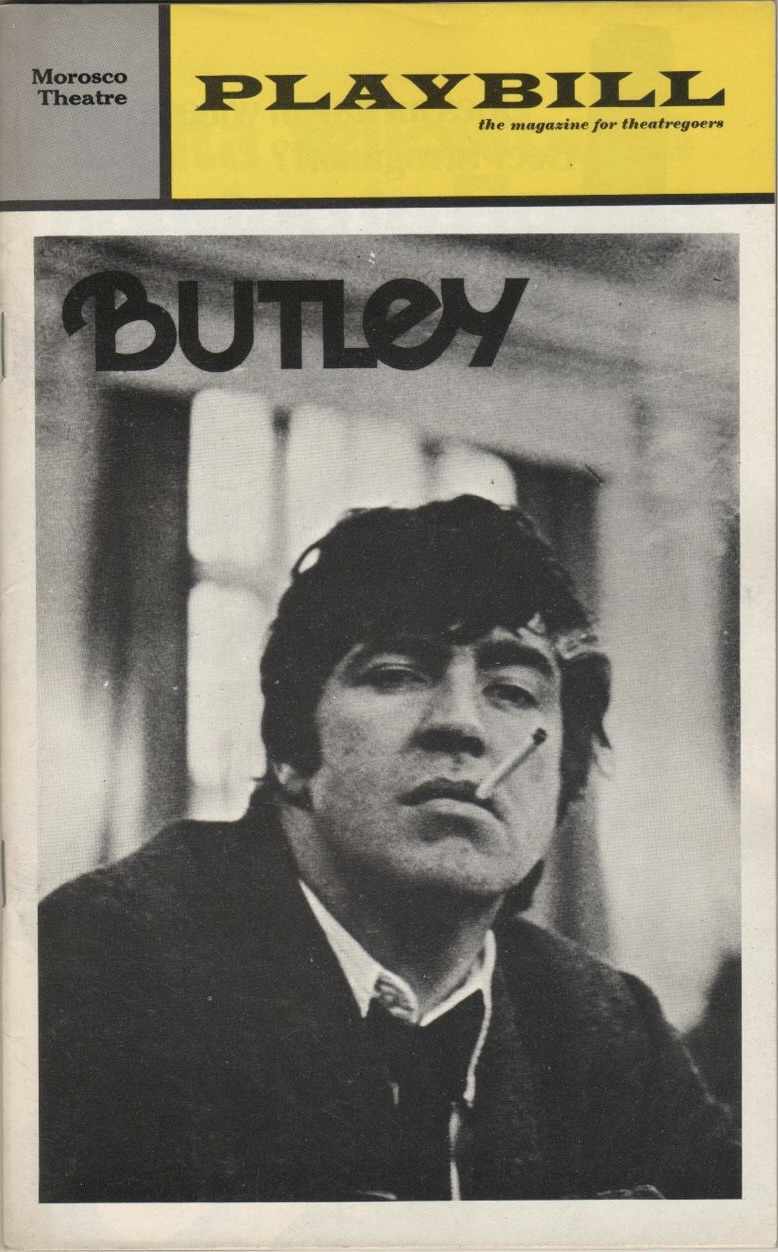
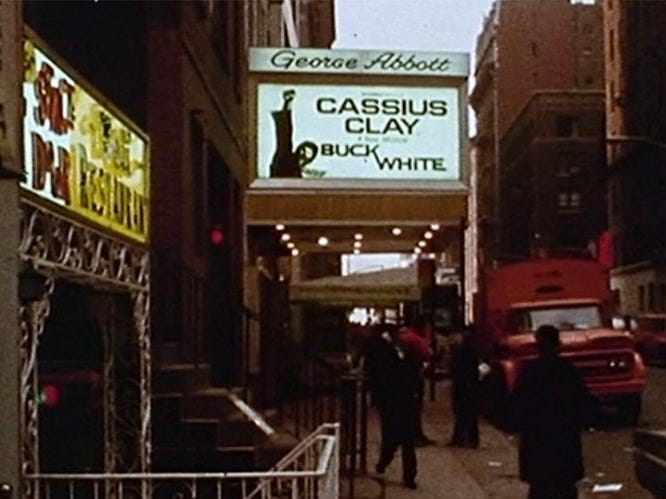

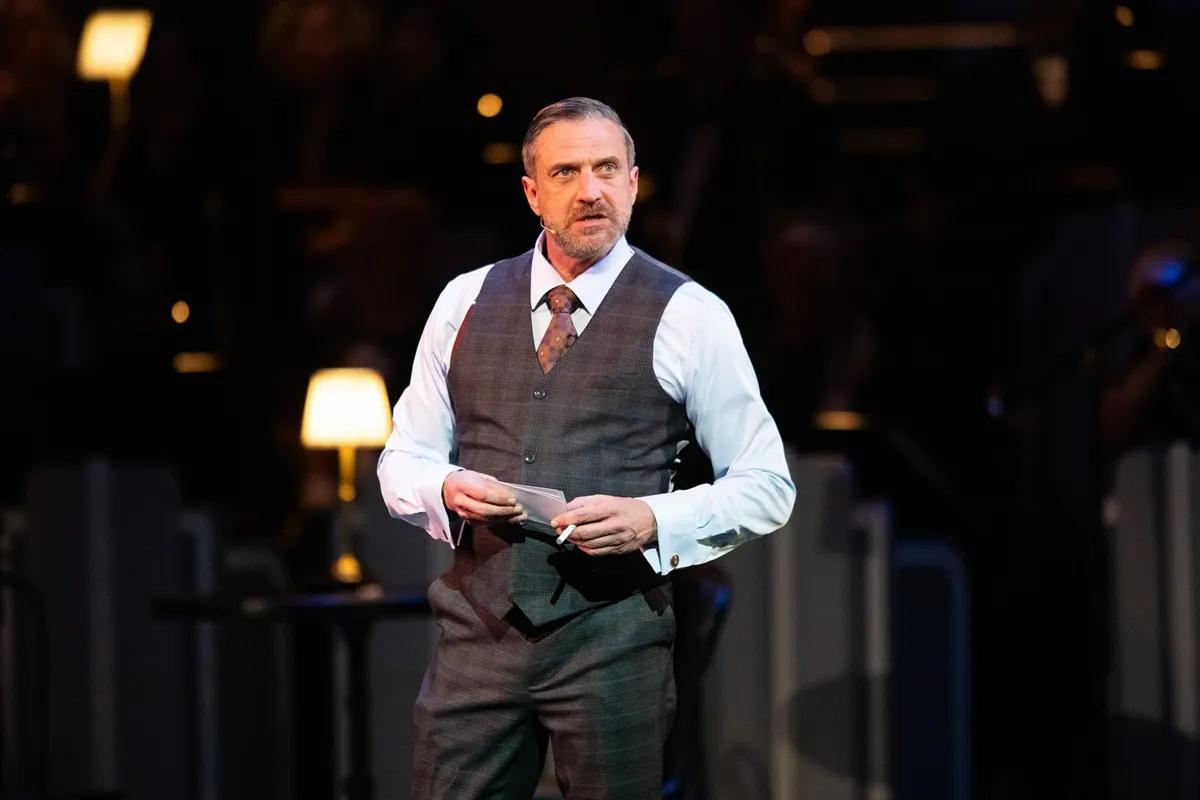





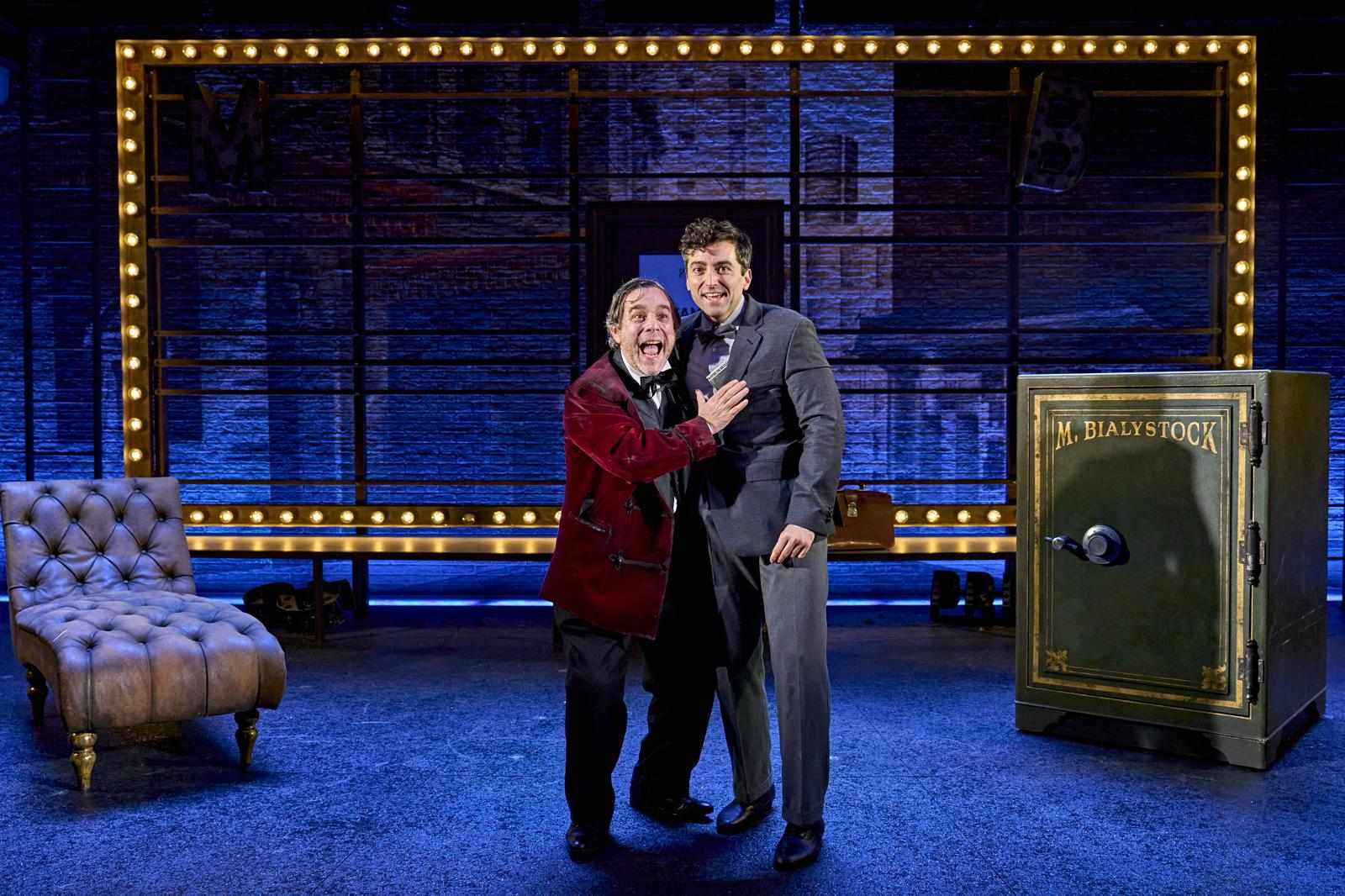
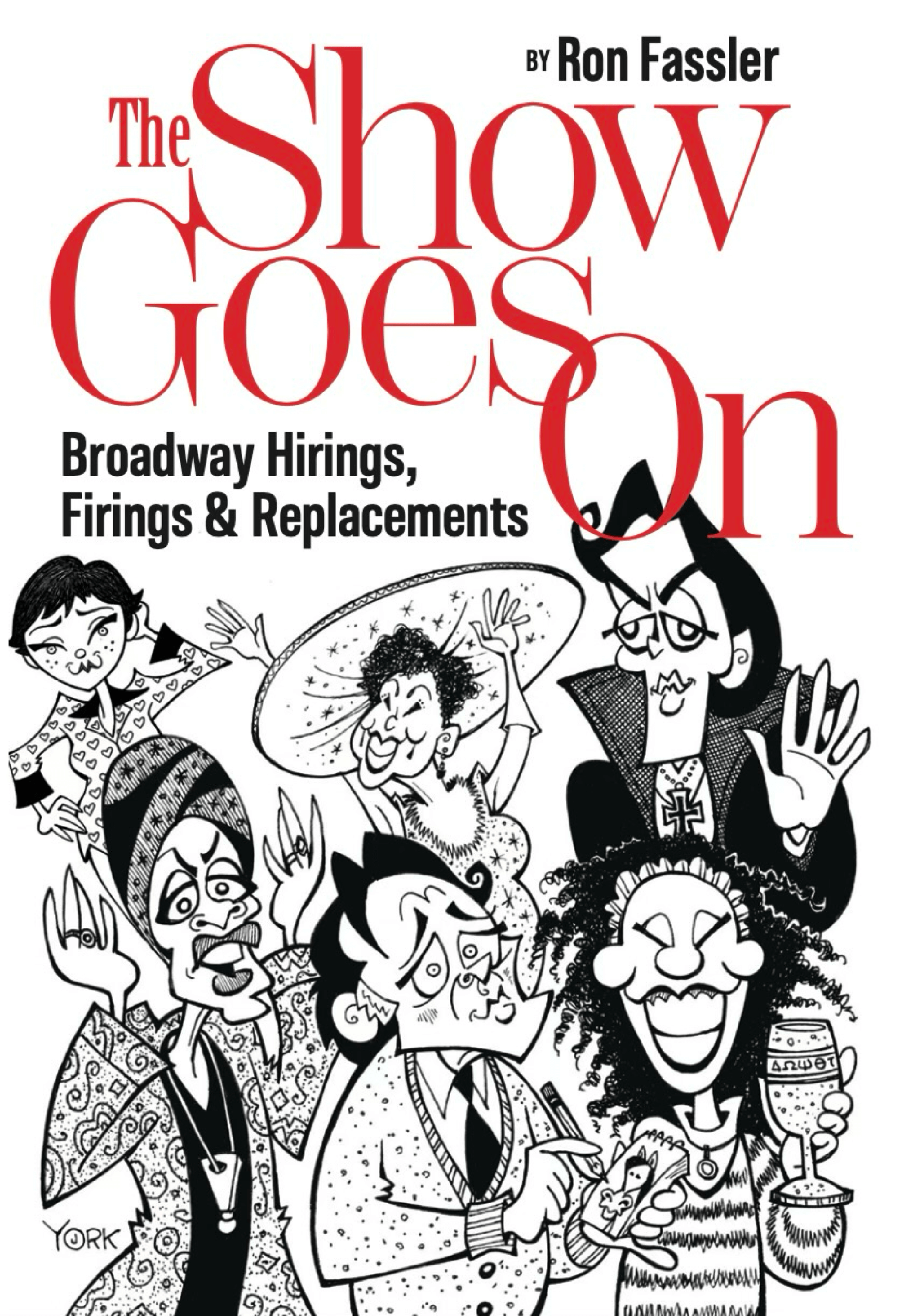

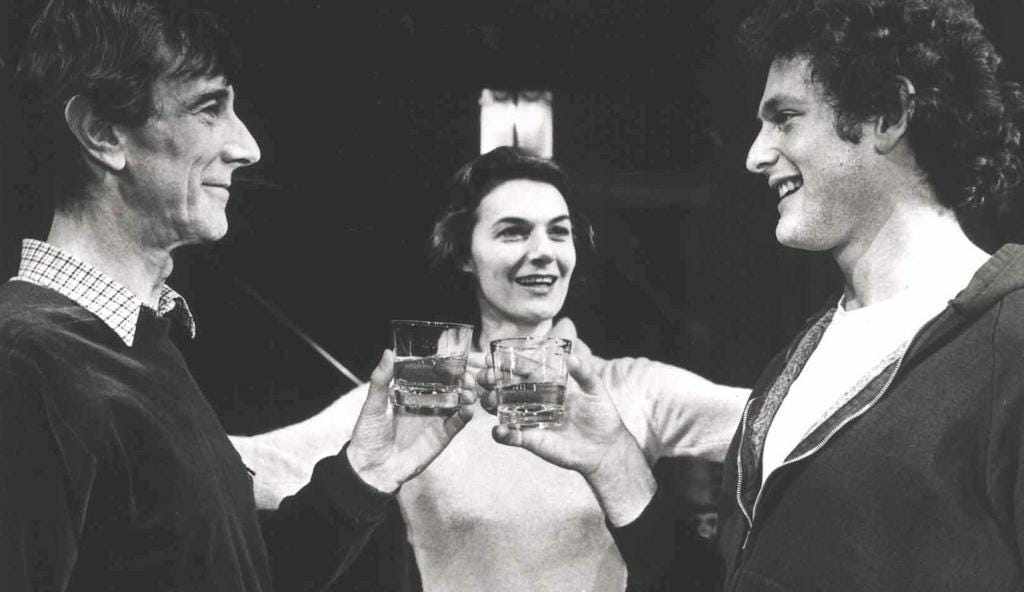





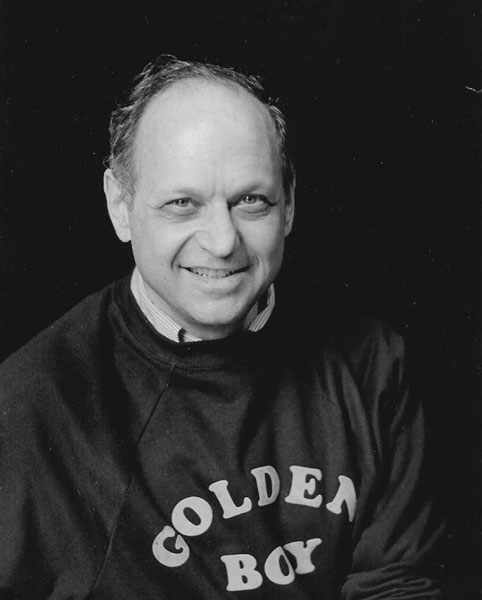

Write a comment ...